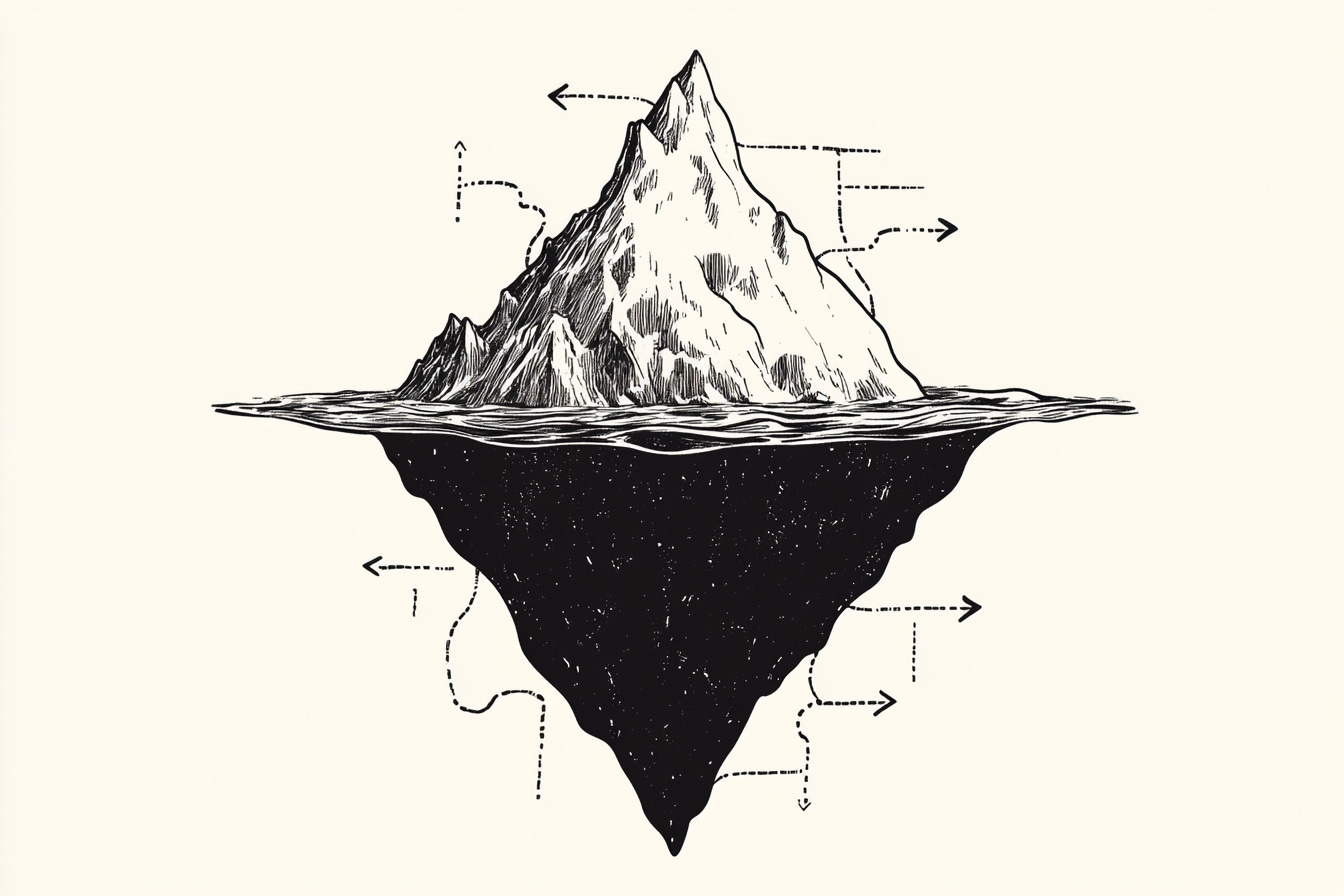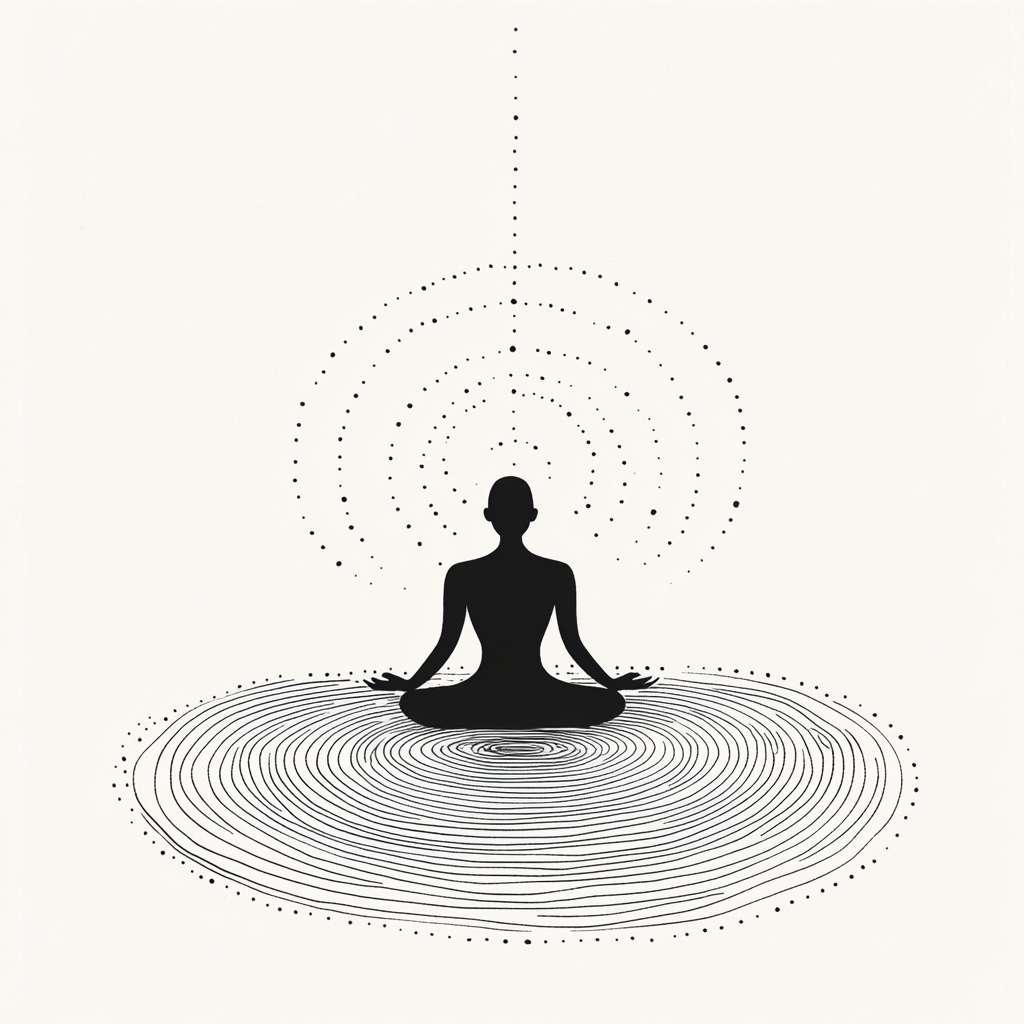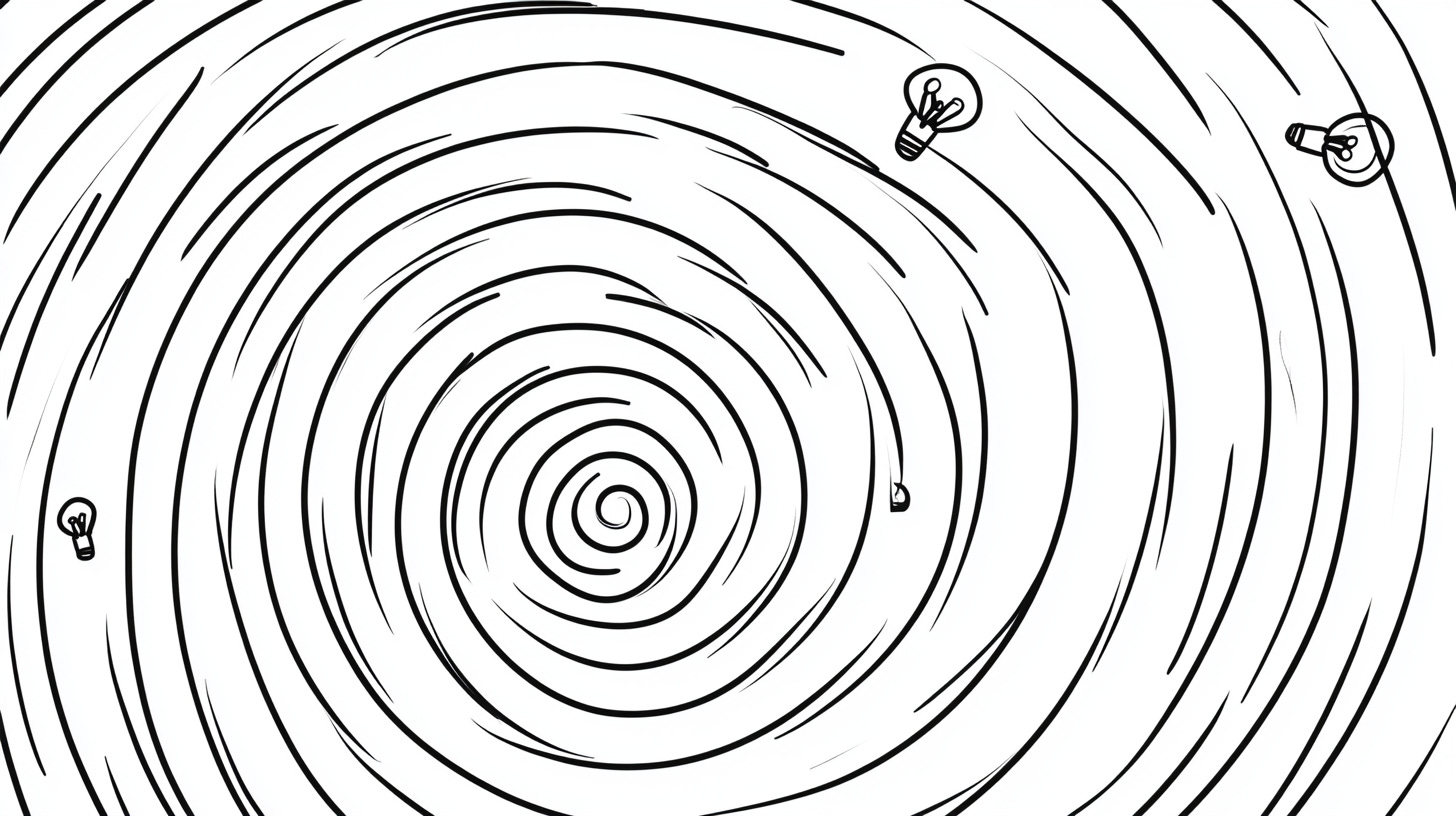Intuitively Creating Your Life Chapter - 22
Creating your world is the most critical conscious act of your life. This creation IS your life.
In this chapter, we will explore intuition and how to cultivate it to play a decisive role in our desired future.
Creating your world is the most critical conscious act of your life. This creation IS your life. The life you are now living is the summation of every past thought, action and experience. Some readers may react against that statement, but it’s true. Molecular science now tells us we can influence every cell in our body. It makes no difference whether the cells are diseased or healthy. It makes complete sense then that we can also influence the outcome of our day-to-day lives.
You cannot escape responsibility for almost every aspect of your life. It's foolish to suggest this isn't true. The creation of our life experiences happens through conscious influence or unconscious acceptance. If you want a different life of your choosing, you must take control of the creative process.
It’s true to say that most would-be creators do not achieve their desires. Here, I'm assuming failure is deemed to be when the solidified form of your goal is not present. If you don’t get the outcome you wanted, you failed.
Is this yours?
Many goals are created based on society’s view of success. This process has a fundamental flaw. Goals falter when they try to achieve something incongruent with one's current beliefs about who and what one is.
The creative process will always succeed if you align that process with your inner self. You could think of this as your goals needing validation to match yourself. A validation process to ensure that your creation is not from external influence.
Let’s create something and go through the validation process with an example:
1. Twelve months from now, I want to be a millionaire.
2. Your method is to visualise having received your million dollars.
3. The first step is to ask: “Why do I want a million dollars”?
4. Where did the idea come from?
5. Are you expecting to win this, or will you be engaged in business?
6. How is this money coming to you?
7. The final question, who gave you this desire?
8. These steps will raise some important questions.
Let's take a different approach, using a two-pronged approach. We will assume you have read this book and understand the concept of life-enhancing use value.
The two-pronged approach is to cover you if you have yet to decide upon or discover the use-value you are providing. In this first example, we assume you are unaware of the use-value you will provide.
The first thing is to give thanks for receiving your desired outcome. Yes! You are giving thanks to your subconscious for your use-value product or service before you know what it is.
How can this possibly work?
There is an extraordinary process that happens when you give thanks like this. Your subconscious, in effect, says to itself. “What did I give to justify these thanks?” The instant this happens, your subconscious goes into overdrive to discover what you gave thanks for. Remember that your subconscious is creative. It doesn’t think logically. If you give thanks, the creative reasoning says you have already received it, which is why you are giving thanks.
That's important... read that again...
'The creative reasoning says you have already received, which is why you are giving thanks.'
When you follow this process, your subconscious will deliver your life-enhancing use value as an intuitive insight. An “Ah-Ha!” moment of realisation.
The instant this happens, you will feel emotion. This emotive response loops back to your subconscious, informing it of change. This change will threaten your subconscious. The threat will release the rabbits with the sole aim of distracting you from continuing. These rabbits carry fear, doubt and insecurity. This is a vulnerable time for you. But you know what to do with the rabbits right...
Second Approach
In this second example, we recognise our life-enhancing use-value but don’t have a plan on how best to deliver it.
Here, we follow the same process, but this time, we visualise ourselves having received the rewards for our use-value. You visualise the money on your balance sheet. You read the email that people sent to you in thanks. You hear the calls from people and how they assisted you in return. You are enjoying your rewards. Are you ahead of me yet?
Next, you express gratitude to your subconscious mind for everything you received. And, once again, the instant this happens, your subconscious goes into overdrive to discover what you gave thanks for. It’s important to remember that your subconscious is creative. It is not considered anything from a logical standpoint. If you give thanks for something, the creative reasoning says you have received that something.
If you received your new world, you provided use value and delivered it by default. Your subconscious now guides your thoughts and actions to deliver your new world. Guidance is provided by the dots on your radar screen and your intuition. We already discussed your radar screen and how it works. Now, we will turn to intuition.
Intuition
Intuition comes from billions of data bits that bypass our reasoning mind and enter our subconscious. Conscious awareness is like the tip of an iceberg, while the subconscious is the mass hidden underwater. Your subconscious supports your conscious mind, which gets you through the day. Subconscious communication is sensory, reacting to thoughts, feelings, emotions and imagery.
In today’s world, giving time for intuition to guide is often viewed as a weakness. You're not productive if you’re not running around with ten things on the go. You go home exhausted, having achieved little of real value. Later in the shower or bath, the solution bubbles up into your mind. Well, guess what! It was always there. Until you shut out the noise and distraction, there is no way for communication to open up.
I possess no evidence to explain what makes a bath such a productive place. Maybe it’s womb-related.
We learn from experience. We store that experience to stimulate and access that knowledge for later use. In addition to this, we can access higher intelligence. We live in a conscious universe. Our communication with this higher intelligence is intuition.
Call on Mr. Google later and research a list of the world’s greatest inventors. We can trace much of what we have today back to intuitive moments in the bath. Many of these historic moments provided us with the means to advance civilisation, and they are as prolific today as they were centuries ago.
Cultivating Intuition
Modern living has played a large part in pushing our intuition into darkness. This cave-like existence means our intuition has to be coaxed back out. Here’s the good news! The moment our intuition detects it’s of value, it becomes productive. Detection of value occurs when the information provided is acted upon. The more we trust our intuition, the more frequent it will surface. Intuition is always accurate; it does not guess. The weak link is in our interpretation. What we can and must improve is our ability to communicate with intuition.
Another way to describe intuition is the ‘sense of knowing.’ Some don’t accept intuition and refer to it as the sense of knowing.
“I just knew it.”
“It just felt right.”
“I just had to go with it.”
The word ‘just’ signifies helplessness by the speaker. The word negates any logical reason for doing what they did. The individual was a ‘victim’ of their instinct: this word ‘just’ reveals the teller of the story was acting on intuition.
What you call it is not important as long as you understand and use what it provides. A sense of knowing is the flash of understanding that comes to you because of intuitive information. Better communication with your intuition is a powerful goal.
The first step in improving intuition is acknowledgement. The more you acknowledge intuition, the stronger and easier it becomes to recognise.
Trust
When you act on your intuition or sense of knowing, you are sending a message back to your subconscious. This message says, “I trust you.” Trust gets a more intuitive response, and the more intuitive response gets more trust. This is a powerful feedback loop. Intuition is not a passive bedfellow. It finds nothing more enjoyable than being of value and assisting you. It works around the clock and works on passive or active instruction. So, become an active asker of your intuition.
How to ask
Pose a pressing question. Ask your intuition to guide you, and then continue your day. Intuition does not respond well when you are watching and waiting for it. Leave it alone to do its thing. It will show up when you are least expecting it. You will know it when it shows up. This process takes time. You are building trust in your intuition and belief in yourself.
This is a valuable reflection time to return to your journal and record your intuition, where it came from, how you received it, and the outcome. These journal entries are a potent way to reinforce how practical your intuition is and how it is assisting you to grow into the life you were meant to live.
Intuitive Goal Setting
Goals should align with your intuition.
For example, you created a vision of moving to a new apartment in a nice area and engaging in work you enjoy. You wake up one morning and set a goal to get you closer to your new life. You decide that the best thing you can do is continue your current work and become more productive. This seems like a reasonable goal, but what becomes clear is that this goal is conscious-minded. What you have done is create a goal independent of your intuition.
You should’ve opened a line of communication with your subconscious mind.
“Subconscious, what can I work on that will carry me towards the new life that I wish to inhabit?”
Once you have asked that question, you drop it. It is no longer your concern. It’s no longer something that you think about. Go about your typical day. It will not be long before you receive a reply. This reply can come in many forms. When you receive this intuitive communication, sit down and work out a goal relative to the communication.
Many forms are critical to keep in mind. You may not get a direct answer. It might be later, you are having coffee with someone, and they pass something on to you. You may not recognise it at first, but later on, you may realise this as a dot on your radar. Assume you felt the need to contact a person (this urge, too, is a dot on your radar). You no longer have this person’s contact details, and you are unsure how you can reach them. You make some calls.
What you have done here is create a goal and the steps to achieve that goal. The critical distinction here is that your intuition provided the goal. This distinction is vital to understand. What did you do? You created a conscious goal to fulfil the requirements to achieve an intuitive goal.
Now, let’s build on this new knowledge and take this a stage further.
You get the phone number of the person. When they pick up the phone, the first words you hear are… “That’s spooky. I was just thinking about you.” (Note the word ‘just’) Your subconscious mind has sent you on the right path whenever you hear these words. Universal consciousness has realised what you are seeking to create.
You are being guided in getting you to make this call to reach out to this person. Now is the time for you to notice your conversation as you catch up on old times. We do not know where this conversation will lead, but we know you should follow, at least for now.
Now that we have explored the concept of our intuition and its role in reaching our goals, it is time to move on to the final five chapters of this book. In the following chapter, we examine the challenges you will likely face on the journey, including fear of isolation, criticism and building confidence in what you have to offer. These are all essential steps towards living the life that you were meant to live.




